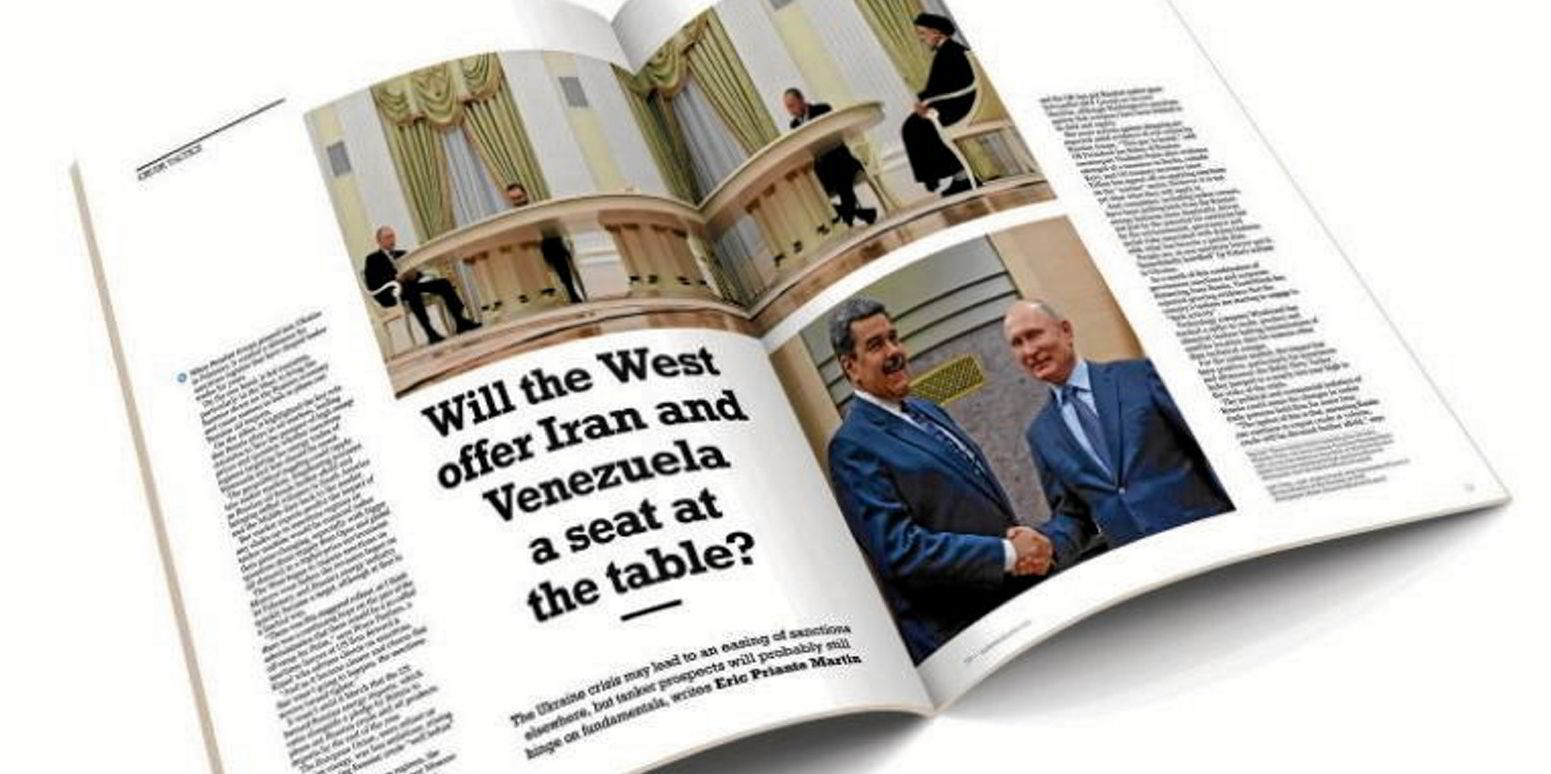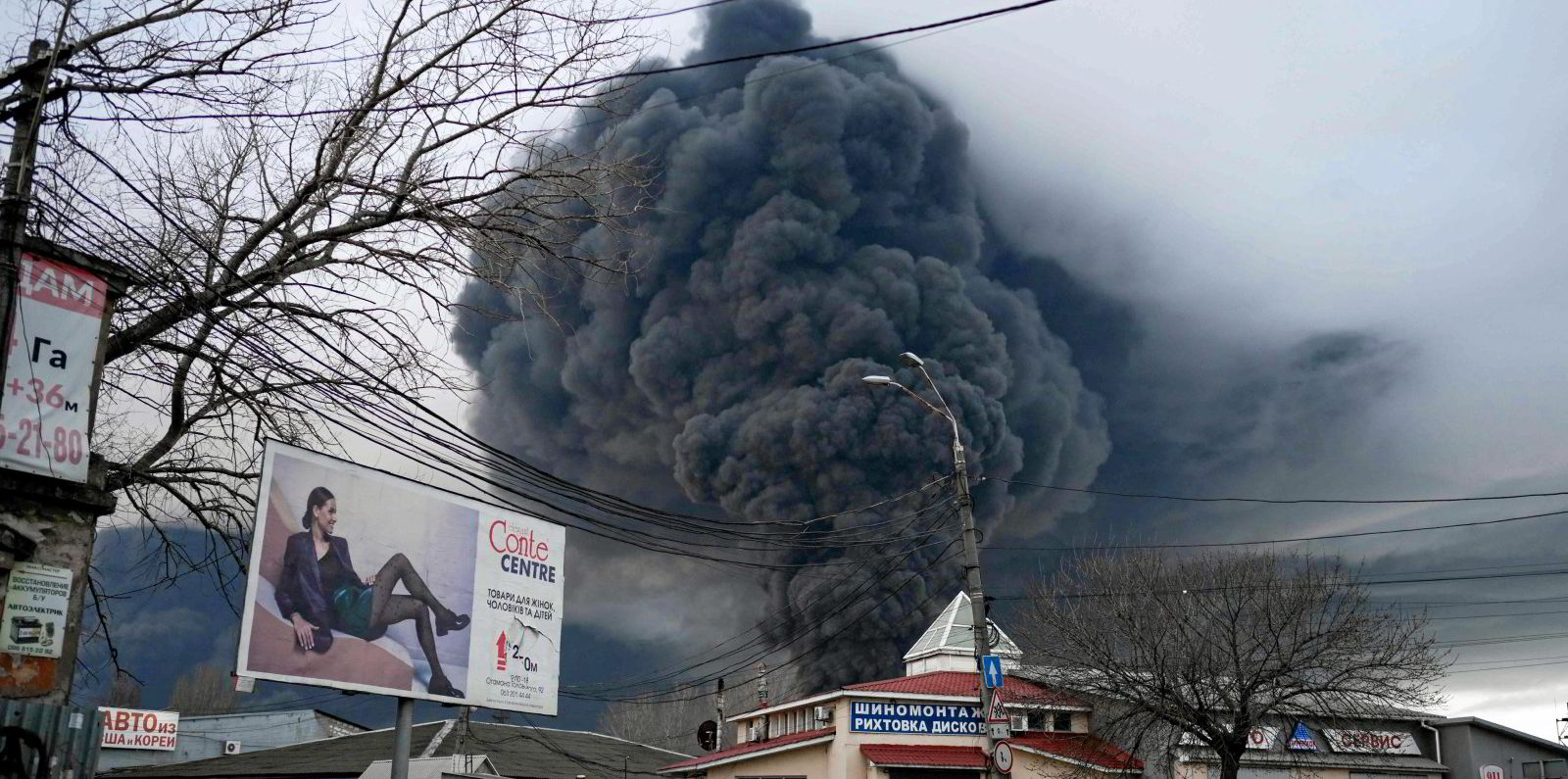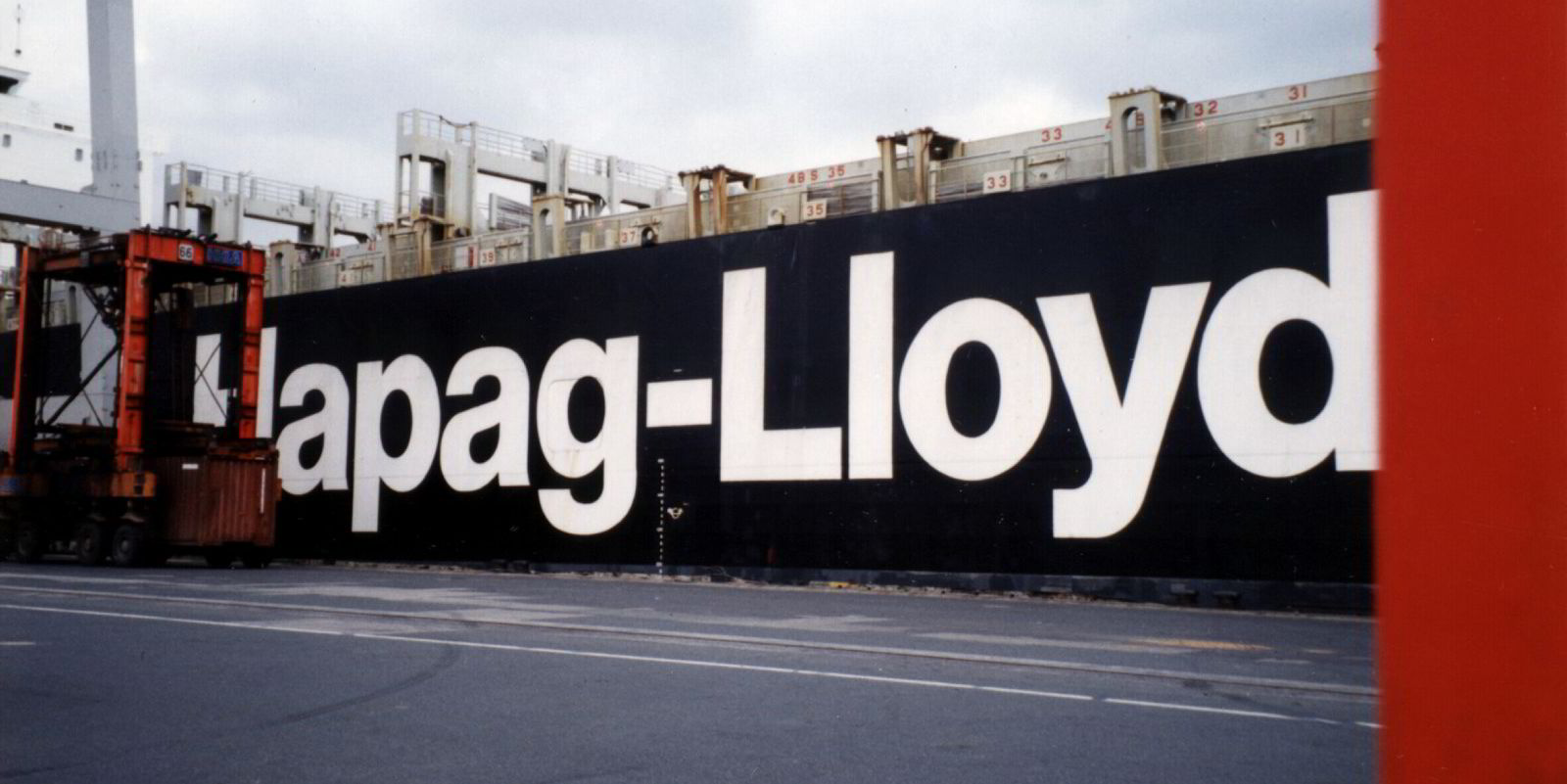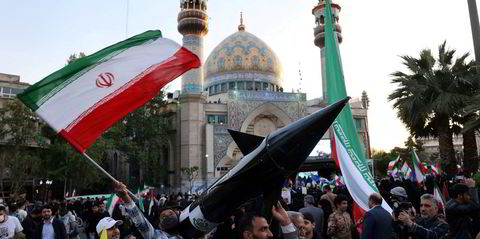Container shipping has borne the impact of the devastating war in Eastern Europe better than other sectors.
That may be changing as the ripples from the conflict spread.

This story is part of a series in TW+ magazine on the wide-ranging impacts of the Russia-Ukraine conflict on shipping. Read the full stories when the magazine is published on 20 May.
Arguably the biggest container ship “casualty” of the war to date is the 9,403-teu Joseph Schulte (built 2013). The Cosco Shipping-operated vessel remains in the port of Odessa, where it made an ill-timed call when hostilities broke out.
Such direct impacts on the container sector have been few and far between.
The response of liner operators to the outbreak of hostilities was to cease operating services to Ukraine and drastically reduce calls to Russian Black Sea ports.
Daily port calls to Russian ports fell from around 12 at the start of 2022 to about eight in late March, according to Clarksons Platou Shipbroking.
“We’ve had to take a proactive approach to reduce down our booking levels and stop bookings coming in the Europe gateway and the Black Sea gateway,” says Jeremy Nixon, chief executive of Singapore-based Ocean Network Express (ONE).
He says the war has not so far had huge ramifications for the Japanese carrier. “Fortunately, as ONE, only 1% of our volume is affected.”
But the closure of production plants that produce components that are manufactured in Ukraine and Russia is having a knock-on effect on the supply chain, he says.

The repercussions for ONE’s alliance partner Hapag-Lloyd have been dramatic.
The German carrier was the first liner company to impose a booking freeze for Ukraine and Russia after the invasion on 24 February.
That was only eight months after it had established a foothold in Ukraine with the opening of an office in June 2021.
But liner operators have been buffered against the damaging impact of the conflict due to a limited involvement in the two countries.
Sanctions against a handful of Russian-owned or financed container ships, including those of Far Eastern Shipping Co, affected just 0.1% of the total boxship fleet, according to Clarkson figures.
Russian and Ukrainian ports together accounted for a mere 0.8% of global container throughput in 2020.
Where the war is starting to hurt container shipping is the knock-on effects, which are reflected in increased port congestion and record bunkering costs following the spike in oil prices to decade highs.
Reduced economic growth is now deemed the biggest risk to the container market, according to Bimco chief shipping analyst Niels Rasmussen.
The biggest direct early consequence of the war on the container market was the sanctioning of state-owned Russian Railways, with China-Europe rail volumes turning to liner operators instead.

“The main concern for the container market, however, remains slower economic growth and in particular lower goods trade as consumer uncertainty increases and discretionary spending decreases,” Rasmussen says.
The imposition of sanctions has already led to growing congestion in the container ports of northern Europe because liner operators have to sift through sanctioned cargoes from the thousands of containers being shipped.
A crisis team of 25 employees established by Hapag-Lloyd had to deal with around 9,000 containers en route to Russia or Ukraine. Sanctioned cargoes were issued a “red alert” and the cargo was returned to the original shipper.
Other containers were stored in regional ports such as Constanta in Romania and Istanbul, as well as in Hamburg, Rotterdam and the Baltic states.
The resulting congestion meant container shipping capacity stuck in European ports was about 20% higher in March than the previous month, according to Clarksons. That puts it more than 60% higher than the 2016-2019 average.
Bunker prices surged too, providing support to eco and scrubber-fitted vessels and potentially affecting shipper costs.
Some of the worst fears of the liner sector, including a potential cyber-attack, have not materialised yet.
Many players remember the NotPetya cyber-attack on Ukraine in 2017, assumed to have been conducted by the Kremlin. The attack crippled AP Moller-Maersk's systems for two weeks and cost it $300m.
So far, such a scenario has not been repeated. But many in the container sector remain on edge.
The war has also had consequences for the S&P market. The spending spree in which liner operators bought secondhand vessels at an unprecedented rate for 18 months has ground to a halt.
Most operators and tonnage providers are waiting for clarity on what happens in the war, causing a flatlining of secondhand prices for the first time in many months.
“More logistics players are unclear about the restrictions of doing business with many companies because there are second-order and third-order sanctions that are also required to be considered,” explains Christian Roeloffs, chief executive of container leasing portal Container xChange.
“Companies are hesitant to make decisions — selection of new partners is significantly impaired.”
In the charter market, some vessels became surplus after they could no longer trade to Russia and were fixed out to other operators at discounted rates.
That uncertainty is reflected in sliding freight rates, particularly for shipments from Asia to Europe.
Spot freight rates from Asia to northern Europe fell below $11,000 per 40-foot equivalent unit (feu) at the start of May, according to the Freightos Baltic Index.
That is the lowest freight rate on the trade in 10 months since the first week of June 2021. Rates have dropped 19%, or $3,704 per feu, since the invasion of Ukraine started on 24 February and are nearly 30% down since the start of year, at the time of writing.

The war has torn apart expectations of recovery for the supply chain, Roeloffs says.
“European demand has been badly hurt by weaker consumer sentiment since the start of the Ukraine-Russia conflict and this will continue to affect demand in the near term,” analyst Linerlytica writes.
Bullish expectations that the crisis could lead to higher freight rates as rail and air cargo shifted to sea networks have proved unfounded so far.
Any positive spillovers as a result of shifts from air freight and trans-Siberian rail will not compensate for the short-term cargo loss, according to Linerlytica.
Others expect that rising crude prices will result in surcharges, or Bunker Adjustment Factors, of between $50 and $150 per feu.
The lingering concern is the potential of the war to dampen the growth of global trade.
Rising inflation is cutting into consumer demand as buyers with shrinking disposable income have less money to buy products shipped in containers.
“These present ‘headwinds’ to global container trade, while lost Russia/Ukraine trade volumes may also impact and persist into 2023,” says Clarksons, which has downgraded teu volume growth for 2022 by around 0.4% to a steady 3.5%.
Others expect that rising crude prices will result in surcharges, or Bunker Adjustment Factors, of between $50 and $150 per feu.
The lingering concern is the potential of the war to dampen the growth of global trade.
Rising inflation is cutting into consumer demand as buyers with shrinking disposable income have less money to buy products shipped in containers.
These present headwinds to global container trade, while lost Russia/Ukraine trade volumes may also impact and persist into 2023, says Clarksons, which has downgraded teu volume growth for 2022 by around 0.4% to a steady 3.5%.
Other players think the end of Covid lockdowns in China could result in a surge in demand for shipments in the coming months, at a time when port congestion remains at historically high levels.
Container ship capacity in ports stood at 8.8m teu in early April, equivalent to 35.4% of the total fleet, according to Clarksons.
It is down from a record 37.5% of fleet capacity in October 2021, but much higher than the 2016-2019 average of 31.3%.






